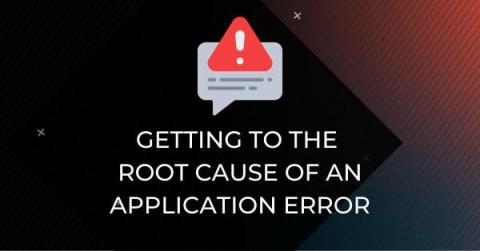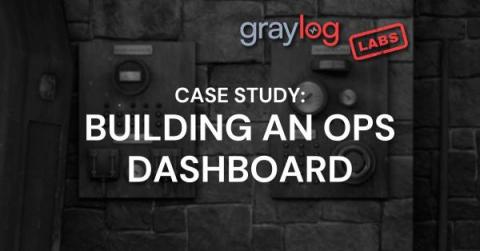Operations | Monitoring | ITSM | DevOps | Cloud
Latest Posts
What to Do When You Have 1000+ Fields?
The Quirky World of Anomaly Detection
Getting to the Root Cause of an Application Error
Getting Started with GROK Patterns
If you’re new to logging, you might be tempted to collect all the data you possibly can. More information means more insights; at least, those NBC “the more you know” public services announcements told you it would help. Unfortunately, you can create new problems if you do too much logging. To streamline your log collection, you can apply some filtering of messages directly from the log source. However, to parse the data, you may need to use a Grok pattern.
Monitoring Microsoft SQL Server login audit events in Graylog
One of the most important events you should be monitoring on your network is failed and successful logon events. What comes to most people’s minds when they think of authentication auditing is OS level login events, but you should be logging all authentication events regardless of application or platform. Not only should we monitor these events across our network, but we should also normalize this data so that we can correlate events between these platforms.
Getting Your Logs In Order: A Guide to Normalizing with Graylog
If you work with large amounts of log data, you know how challenging it can be to analyze that data and extract meaningful insights. One way to make log analysis easier is to normalize your log messages. In this post, we’ll explain why log message normalization is important and how to do it in Graylog.
Case Study: Building an Operations Dashboard
Picture a simple E-commerce platform with the following components, each generating logs and metrics. Imagine now the on-call Engineer responsible for this platform, feet up on a Sunday morning watching The Lord of The Rings with a coffee, when suddenly the on-call phone starts to ring! Oh no! It’s a customer phoning, and they report that sometimes, maybe a tenth of the time, the web front end is returning a generic error as they try to complete a workflow.
Everything You Need to Know About Google Cloud Logs
As the affordable choice for cloud computing, Google Cloud Platform (GCP) is catching up to its competitors, like AWS and Microsoft Azure. As a business, you need the speed and scalability that the cloud provides, but you want to limit your costs to ensure you hit revenue targets. With GCP, you found a digital services business partner to help you meet your business objectives, a technology that gives you the service availability you want at the speed you need.
Announcing Graylog v5.1
We are excited to announce the release of Graylog 5.1! A follow-up to our 5.0 release, Graylog 5.1 brings updates across our entire product line, including changes to infrastructure, Security, Operations, and our Open offerings.











